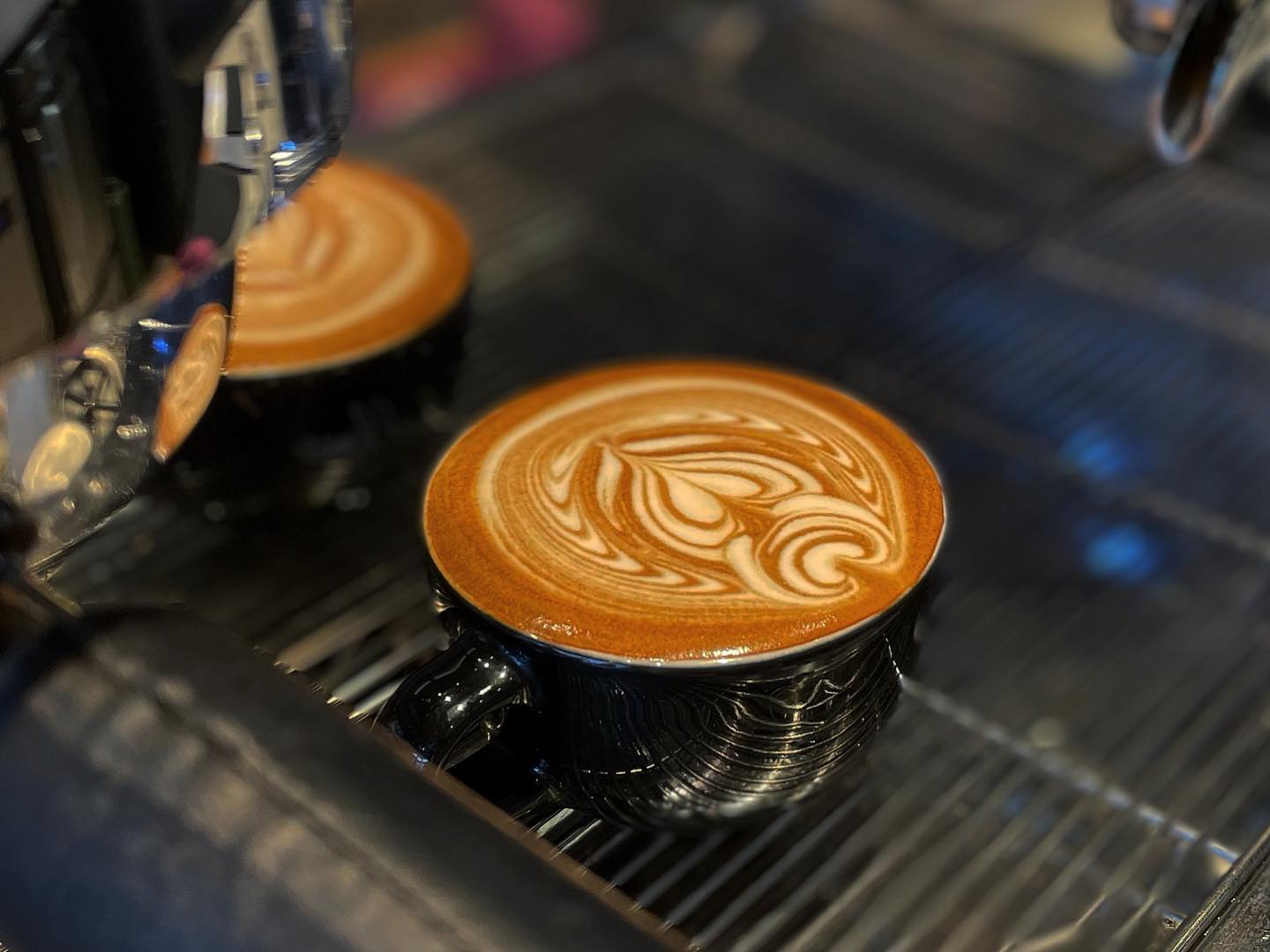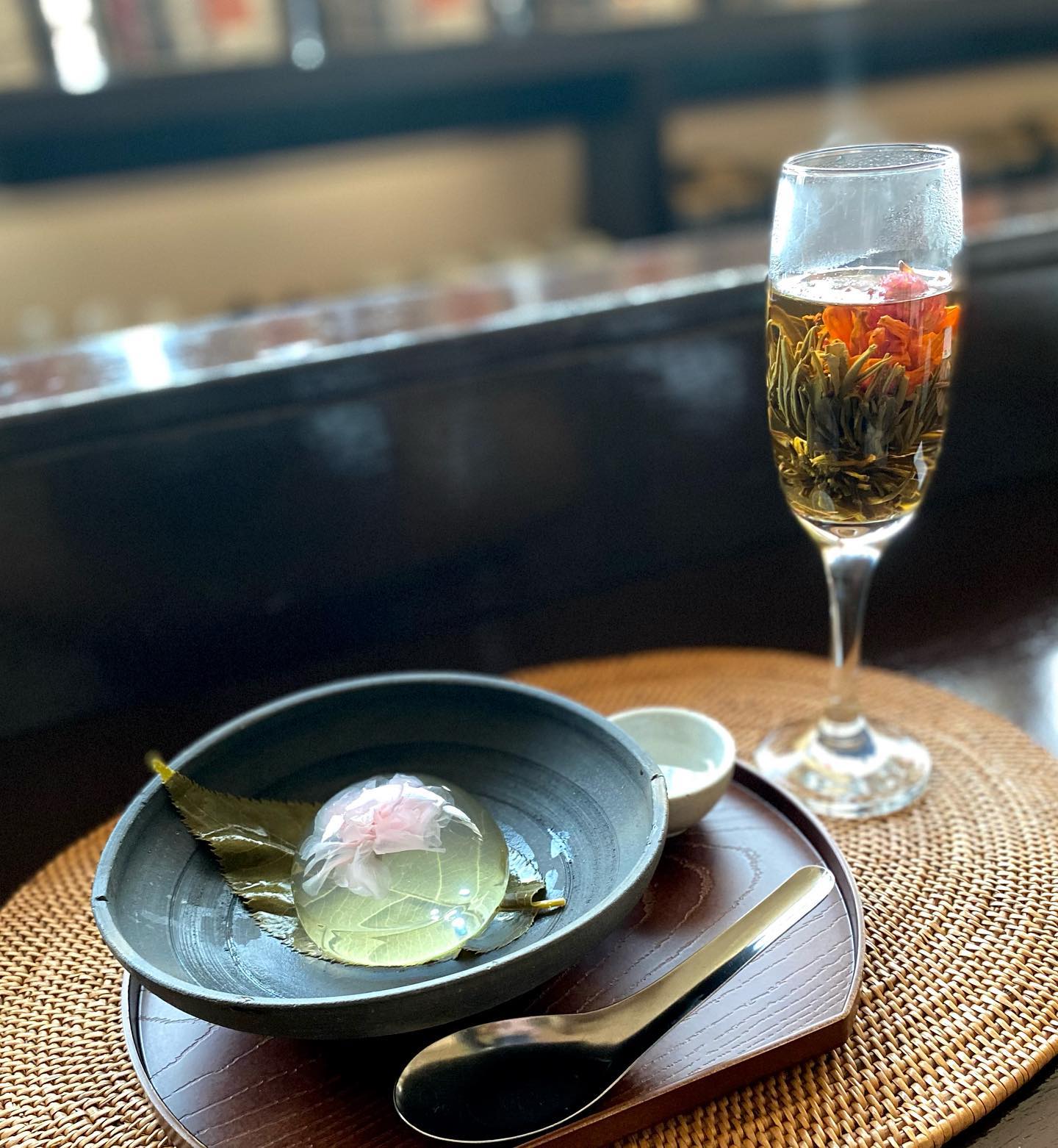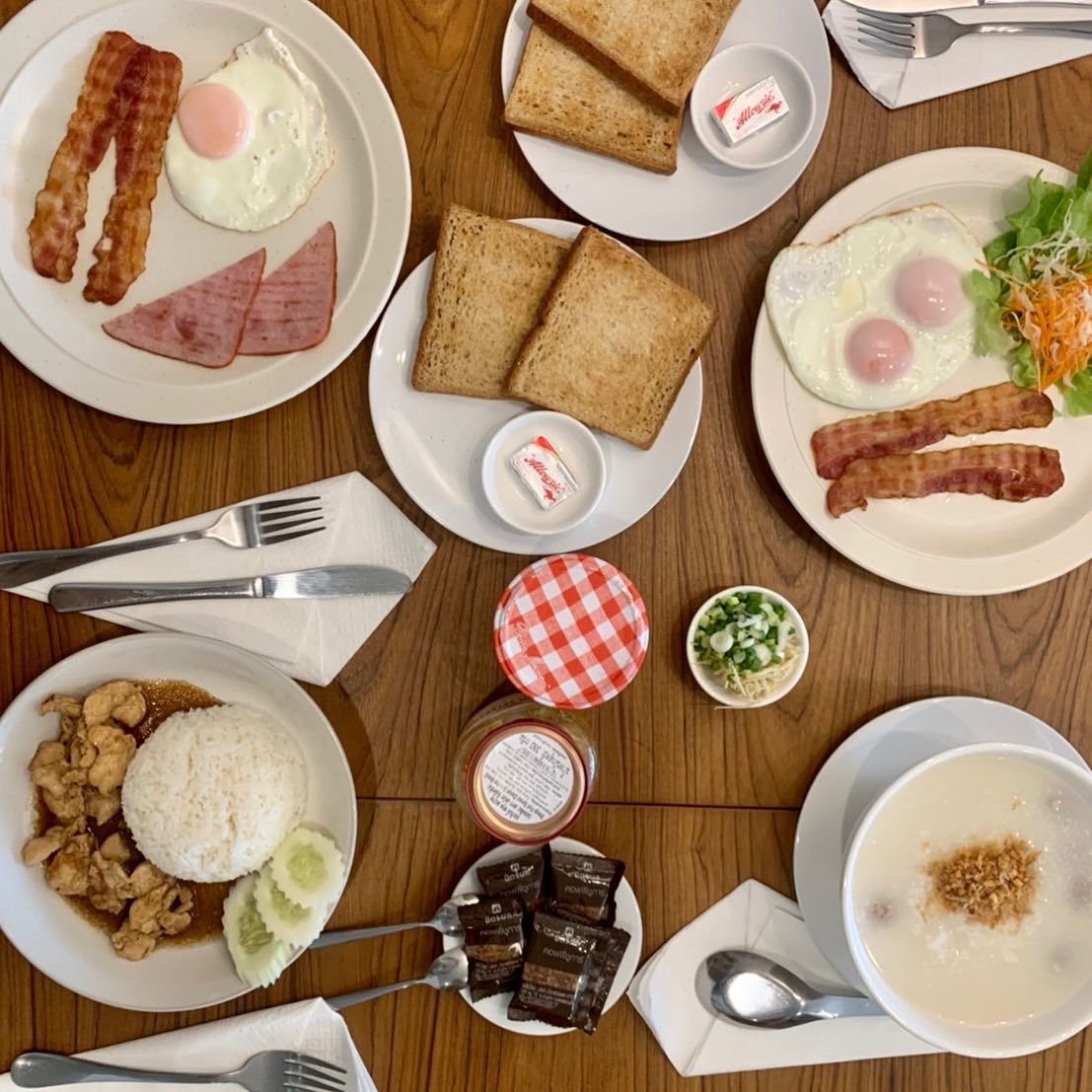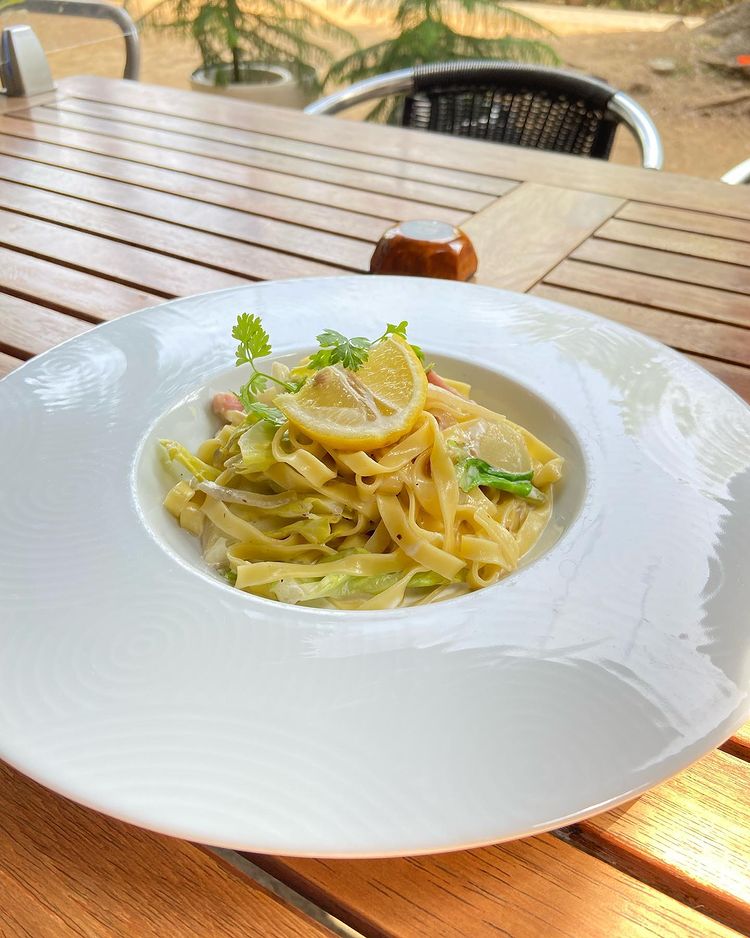Imagine waking up to the aroma of freshly brewed coffee wafting through your kitchen, the rich scent mingling with a hint of roasted chicory. That’s the magic of South Indian coffee, a beverage that’s more than just a morning pick-me-up—it’s a ritual, a comforting hug in a cup, and a symbol of centuries-old tradition. Known for its bold flavor, velvety texture, and intoxicating aroma, South Indian filter coffee—or Kaapi, as it’s lovingly called—is a staple in homes from Chennai to Cochin.
Making authentic South Indian coffee at home is easier than it seems, and it allows you to enjoy a café-quality cup without leaving your kitchen. Here’s a step-by-step guide to mastering this iconic beverage.
What Makes South Indian Coffee Special
Unlike ordinary instant coffee, South Indian coffee is brewed slow and strong, creating a concentrated decoction that forms the heart of the drink. It often includes chicory, which adds depth, richness, and a slightly earthy flavor. The combination of this intense coffee concentrate with creamy milk and a touch of sugar produces a harmonious balance of strength and smoothness—perfect for those who like their coffee bold yet comforting.
Ingredients You’ll Need
To create your own authentic South Indian coffee, gather the following:
- South Indian coffee powder: 2 tablespoons (a traditional Arabica-Robusta blend with chicory)
- Water: 1 cup (for brewing)
- Milk: 1 cup (full-fat milk is preferred for creaminess)
- Sugar: To taste (1–2 teaspoons is typical, but adjust as you like)
Tip: If possible, use freshly roasted and ground coffee powder—it makes a noticeable difference in aroma and taste.
Tools for the Perfect Brew
- South Indian metal coffee filter: This two-tiered filter is the secret to slow-drip perfection.
- Saucepan: To heat milk.
- Dabarah set (optional): Traditional metal tumbler and saucer for frothy serving.
No filter? No worries—you can improvise with a fine-mesh strainer, but the slow drip from a traditional filter ensures a richer decoction.
Step-by-Step Guide to Making South Indian Coffee
Step 1: Brew the Coffee Decoction
The coffee decoction is the soul of South Indian coffee:
- Place 2 tablespoons of coffee powder in the upper compartment of the filter.
- Pour hot water over the coffee, filling the compartment, and close the lid.
- Let the coffee slowly drip into the lower compartment—this usually takes 10–15 minutes.
The result is a concentrated, aromatic liquid that’s intensely flavorful, ready to be turned into a creamy cup of coffee.
Step 2: Heat and Froth the Milk
While the decoction drips, warm your milk in a saucepan until it’s just about to boil. If you like a frothy finish, whisk or froth the milk lightly. The creamy milk balances the strong decoction, creating a smooth and indulgent coffee.
Step 3: Combine Decoction and Milk
- Pour 1/3 part decoction into your cup (adjust depending on how strong you like it).
- Add 2/3 part hot milk and stir gently.
- Sweeten with sugar to taste.
The beauty of South Indian coffee lies in this perfect balance of strong coffee, creamy milk, and gentle sweetness.
Step 4: Serve with Tradition
Traditionally, South Indian coffee is served in a dabarah set—a small metal tumbler placed inside a wider saucer. Pour the coffee back and forth between the tumbler and the saucer to create frothy foam, which not only enhances the texture but also adds an elegant touch to the experience.
Pro Tips for the Ultimate South Indian Coffee
- Chicory matters: If you want the authentic flavor, choose a coffee blend with chicory. It gives a distinct aroma and smoothness.
- Milk choice: Full-fat milk gives creaminess, but oat milk works beautifully for a vegan twist.
- Sweetness is personal: Traditionally, the coffee is lightly sweet, allowing the richness of the decoction to shine.
- Slow brewing is key: Don’t rush the drip—it’s the secret to a flavorful, aromatic cup.
- Froth like a pro: Pouring back and forth between tumbler and saucer creates the froth that makes South Indian coffee special.
Variations to Try
- Iced South Indian Coffee: Chill the decoction and mix with cold milk and ice cubes for a refreshing summer drink.
- Spiced Coffee: Add a pinch of cardamom or nutmeg to the decoction for a warm, aromatic twist.
- Vegan Version: Replace milk with oat, almond, or soy milk for a plant-based treat.
Read More: How Coffee Became a Global Phenomenon
Why South Indian Coffee Is More Than Just Coffee
South Indian coffee is a cultural ritual. It’s the aroma that wakes up homes in Tamil Nadu, Kerala, and Karnataka, the frothy cup served to guests as a mark of hospitality, and the beverage that brings comfort and energy in equal measure. Brewing it at home allows you to participate in this rich tradition, one slow-drip cup at a time.
Checkout: How to Use Coffee Grounds in a Garden
Final Thought
South Indian coffee is a celebration of aroma, flavor, and tradition. Each sip tells a story of patience, care, and cultural heritage. Whether enjoyed in the quiet of the morning or shared with loved ones, mastering this coffee brings a little piece of South India into your home.
FAQs About South Indian Coffee
South Indian coffee is brewed using a metal filter to create a strong coffee decoction, often mixed with chicory for richness. Unlike regular coffee, it’s smooth, aromatic, and typically served with hot milk and sugar.
Yes! While a metal filter gives the best flavor, you can use a fine-mesh strainer, French press, or even a pour-over method to extract a strong coffee concentrate.
Traditionally, the ratio is about 1 part coffee decoction to 2 parts milk, but you can adjust depending on how strong or creamy you like your coffee.
Absolutely. Use plant-based milk such as oat, almond, or soy milk instead of dairy milk. Make sure the coffee powder you use doesn’t contain any non-vegan additives.
Pour the coffee back and forth between the tumbler and the saucer (dabarah) multiple times. This creates the signature frothy layer, enhancing both texture and aroma.





